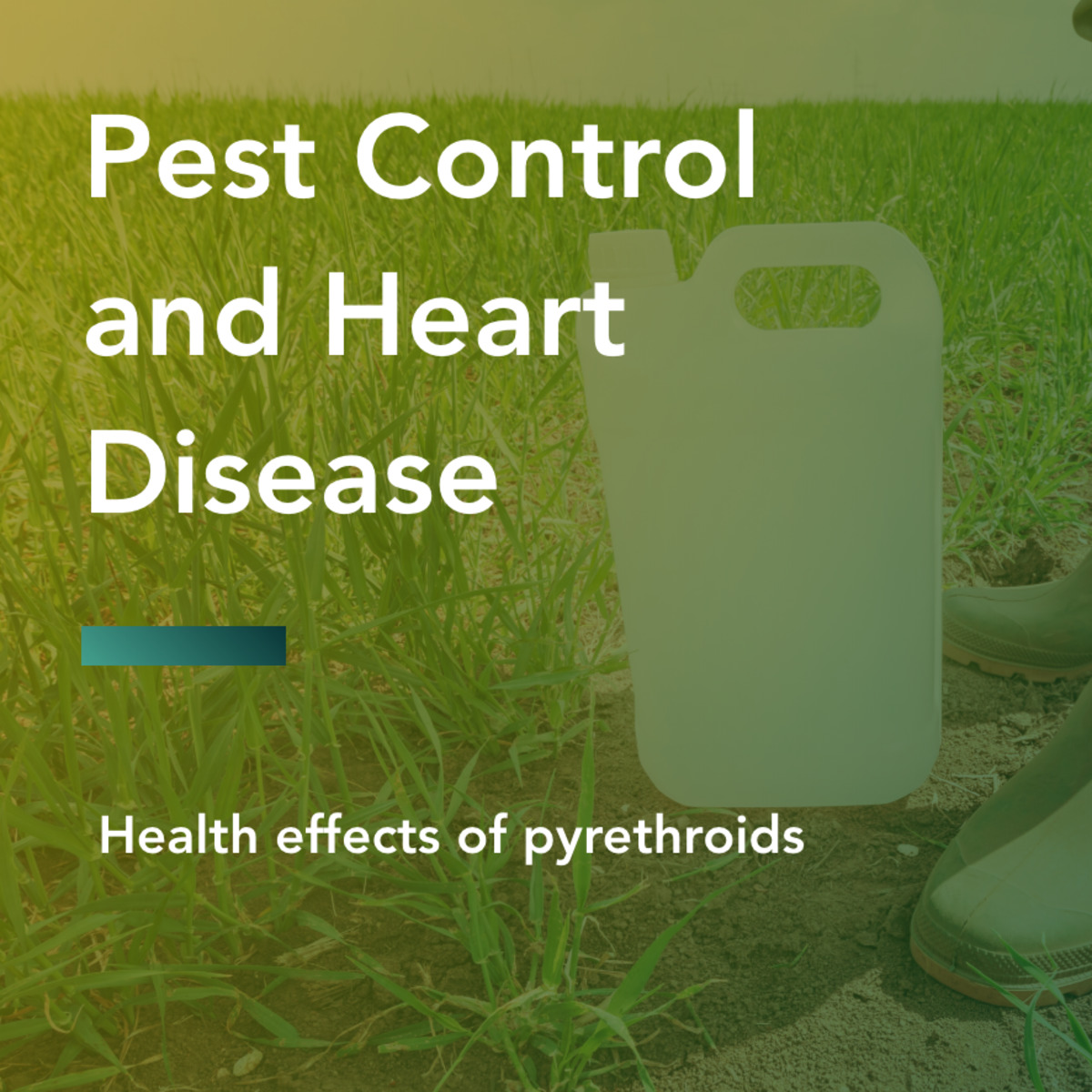Getting My Eco Bed Bug Exterminators Dc To Work
Table of ContentsExcitement About Eco Bed Bug Exterminators DcSee This Report on Eco Bed Bug Exterminators DcTop Guidelines Of Eco Bed Bug Exterminators DcThe 10-Second Trick For Eco Bed Bug Exterminators DcOur Eco Bed Bug Exterminators Dc Diaries
Since chemicals are poisonous, they are likewise potentially unsafe to people, animals, other organisms, and the environment. For that reason, people who make use of chemicals or frequently can be found in contact with them need to understand the relative toxicity, potential health and wellness effects, and preventative measures to reduce direct exposure to the products they make use of. Hazard, or risk, of using chemicals is the possibility for injury, or the level of danger associated with using a chemical under a provided set of conditions.
Applicators can reduce or nearly remove exposure-- and thus lower danger-- by following the tag directions, making use of individual safety garments and tools (PPE), and taking care of the chemical correctly. As an example, greater than 95 percent of all pesticide direct exposures originate from dermal exposure, mostly to the hands and forearms. By using a pair of unlined, chemical-resistant handwear covers, this sort of exposure can be almost eliminated.
The hazardous impacts that occur from a solitary exposure by any type of course of entrance are termed "intense impacts." The 4 paths of direct exposure are dermal (skin), breathing (lungs), dental (mouth), and the eyes. Intense toxicity is figured out by examining the dermal toxicity, inhalation toxicity, and oral toxicity of test pets.
7 Simple Techniques For Eco Bed Bug Exterminators Dc
Acute poisoning is determined as the amount or concentration of a toxicant-- the a.i.-- required to eliminate 50 percent of the pets in a test population. This action is generally shared as the LD50 (deadly dose 50) or the LC50 (dangerous concentration 50). In addition, the LD50 and LC50 values are based on a solitary dosage and are videotaped in milligrams of chemical per kilo of body weight (mg/kg) of the guinea pig or in parts per million (ppm).
The lower the LD50 or LC50 worth of a chemical product, the greater its poisoning to people and pets. Pesticides with a high LD50 are the least harmful to people if made use of according to the directions on the item tag. The persistent toxicity of a chemical is determined by subjecting examination pets to lasting direct exposure to the active ingredient.
The persistent toxicity of a chemical is harder than acute poisoning to identify through research laboratory analysis. Products are classified on the basis of their relative intense poisoning (their LD50 or LC50 values). Pesticides that are identified as highly toxic (Poisoning Classification I) on the basis see page of either dental, dermal, or inhalation toxicity have to have the signal words DANGER and toxin printed in red with a head and crossbones sign prominently displayed on the front panel of the plan tag.
The intense (single dose) oral LD50 for chemical items in this group ranges from a trace amount to 50 mg/kg. For instance, direct exposure of a couple of drops of a product taken by mouth could be fatal to a 150-pound individual. Some chemical products have simply the signal word threat, which informs you absolutely nothing concerning the acute toxicity, simply that the product can create serious eye damage or serious skin inflammation
Getting The Eco Bed Bug Exterminators Dc To Work
In this classification, the acute oral LD50 arrays from 50 to 500 mg/kg. A teaspoon to an ounce of this product can be fatal to a 150-pound individual (bed bug exterminator). Chemical products categorized as either a little poisonous or reasonably nontoxic (Toxicity Classifications III and IV) are called for to have the signal word care on the pesticide label

All pesticide toxicity valuesPoisoning worths the LD50, can be found on discovered product's Material Safety Product Sheet InformationMSDS). Chemical tags and MSDS can be gotten from retailers or makes - https://www.provenexpert.com/christopher-savage/?mode=preview. The symptoms of chemical poisoning can range from a moderate skin inflammation to coma or also death.
Since of possible health issues, pesticide individuals and trainers should recognize the typical signs and signs of chemical poisoning. The impacts, or signs and symptoms, of pesticide poisoning can be generally specified as either topical or systemic.
Some Known Details About Eco Bed Bug Exterminators Dc
Dermatitis, or inflammation of the skin, is approved as one of the most frequently reported topical result connected with chemical direct exposure. Symptoms of dermatitis array from reddening of the skin to rashes and/or sores. Some people have a tendency to cough, hiss, or sneeze when revealed to chemical sprays. Some people respond to the solid odor and irritating impacts of petroleum distillates made use of as providers in chemical items.
This sign generally subsides within a few mins after a person is removed from the exposure to the toxic irritant. However, a reaction to a chemical item that triggers someone not just to sneeze and cough but likewise to develop extreme intense respiratory signs is much more likely to be a true hypersensitivity or allergic response.
Systemic effects are rather various from topical effects. They usually take place away from the original point of call as an outcome of the chemical being absorbed right into and dispersed throughout the body.